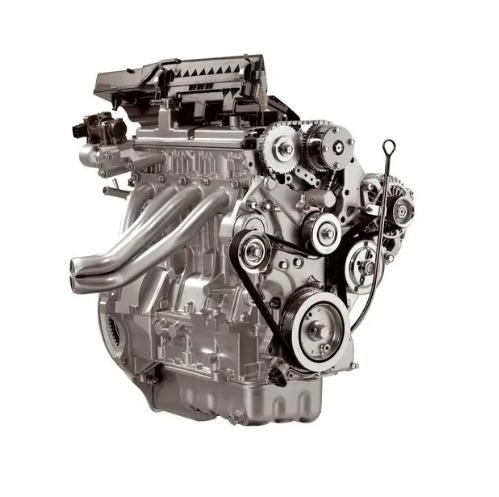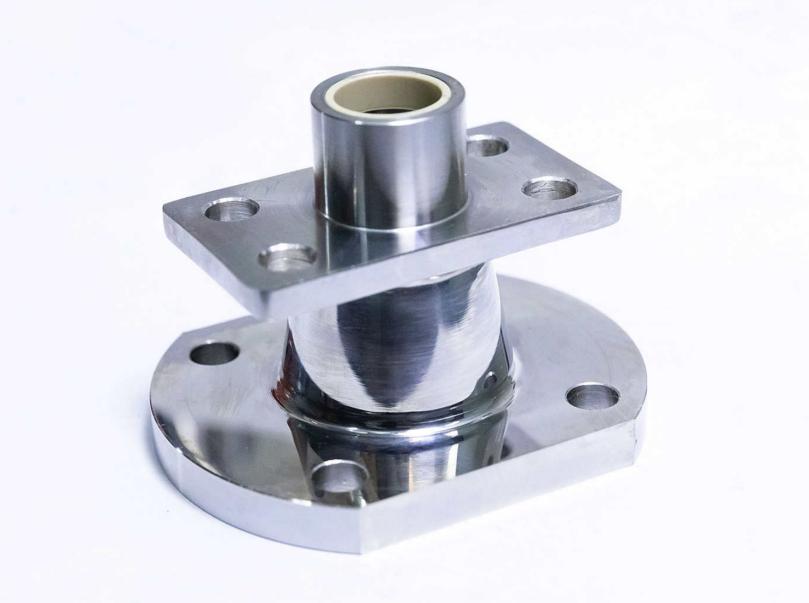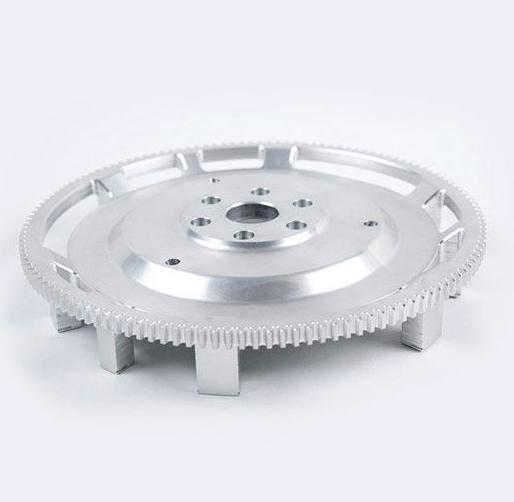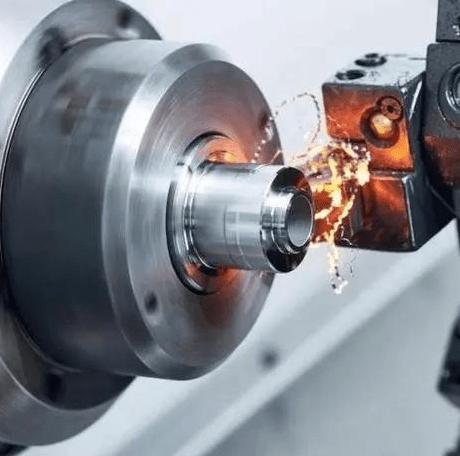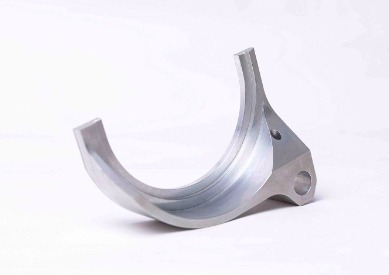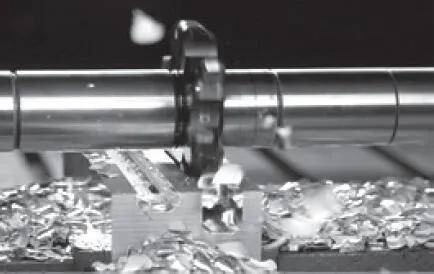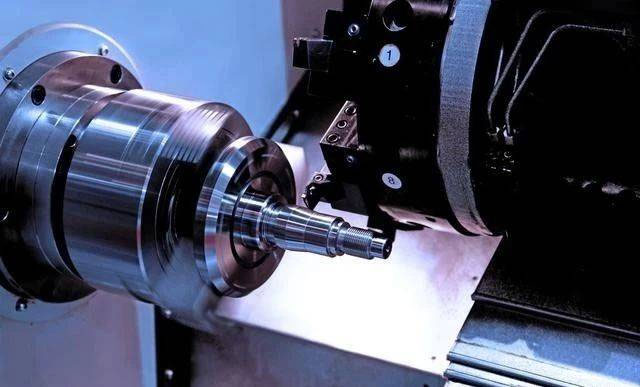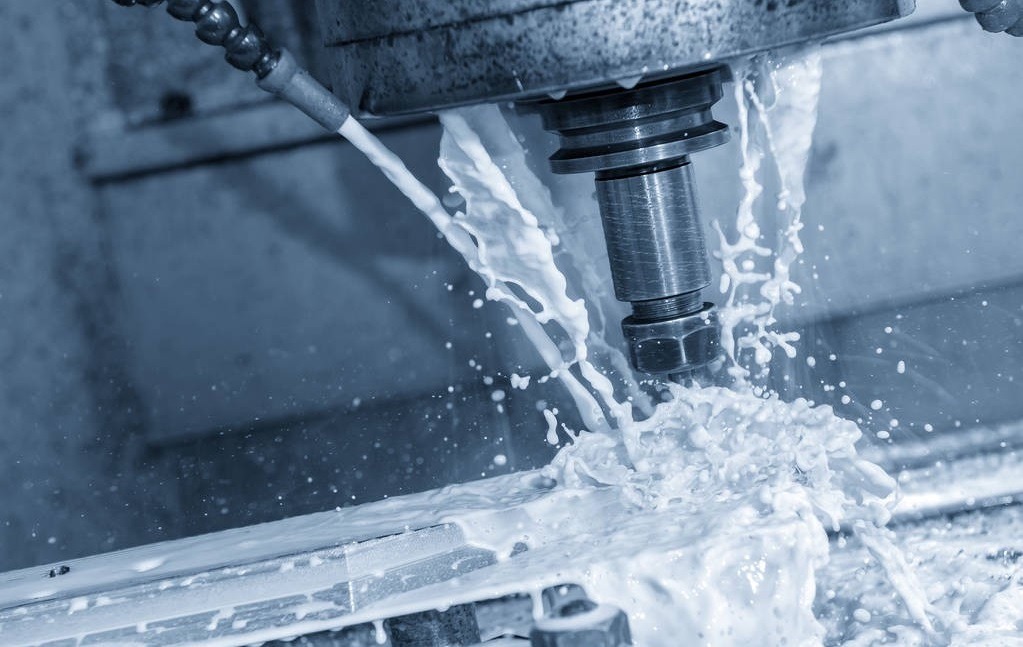CNC turning, also referred to as computer numerical control turning, is a manufacturing technique in which the cutting tool is guided by computer movements to create parts from a rotating workpiece. Compared to traditional manual turning, this method has several advantages, most notably improved accuracy and precision. The degree to which a measurement resembles the true value is called accuracy. Accuracy in CNC turning is attained by carefully regulating the movements of the cutting tool. The workpiece is machined to the precise dimensions given in the design thanks to the computer program’s precise tool movement instructions. Producing parts with tight tolerances essential for optimal functionality requires this level of accuracy. The ability of a machine to generate exact results every time is referred to as precision. Precision in CNC turning is attained by the machine’s capacity to precisely repeat the same cutting operations over and over. The parts are consistently the same size, shape, and surface finish because the computer program makes sure that the movements of the tool are replicated precisely each time. For large-scale production runs where consistency is crucial, this precision is necessary.
How Precise Is CNC Turning?
CNC turning is a highly precise machining process that can achieve tolerances as tight as ±0.0001 inches (0.025 mm). This level of precision is made possible by several factors, including:
- The use of computer control: Computers operating CNC turning machines can precisely move the cutting tool to the required location. By doing this, the possibility of human error in manual machining processes is eliminated.
- Rigid machine construction: To reduce vibration and deflection, CNC turning machines are constructed with rigid frames and parts. This guarantees that the workpiece is not distorted during machining and that the cutting tool is always in the proper position.
- Sharp cutting tools: Sharp cutting tools made especially for the material being machined are used by CNC turning machines. This makes precise dimensions and clean cuts possible.
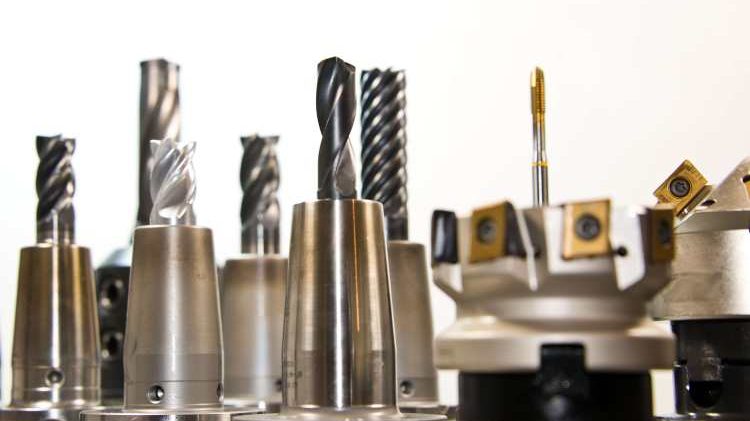
Can CNC Turning Produce Complex Shapes and Geometries?
Yes, intricate shapes and geometries can be produced using CNC turning. Many shapes, such as spheres, cylinders, cones, and more, can be cut by CNC turning machines. Additionally, they can make interior features like grooves, slots, and holes. Advanced programming techniques and specialized tooling enable CNC turning to precisely create even the most complex shapes. Some of the complex shapes that CNC turning can produce include:
- Tapered shapes: Cones and tapers are examples of tapered shapes that can be made with CNC turning. This is accomplished by progressively altering the cutting tool’s angle as it passes over the workpiece.
- Curved shapes: Curved shapes like arcs and circles can be produced with CNC turning. This is accomplished by having the cutting tool follow a predefined path while the workpiece rotates at a steady speed.
- Internal features: CNC turning is a useful tool for producing internal features like grooves, slots, and holes. Specialized tools like drills, boring bars, and end mills are used for this.
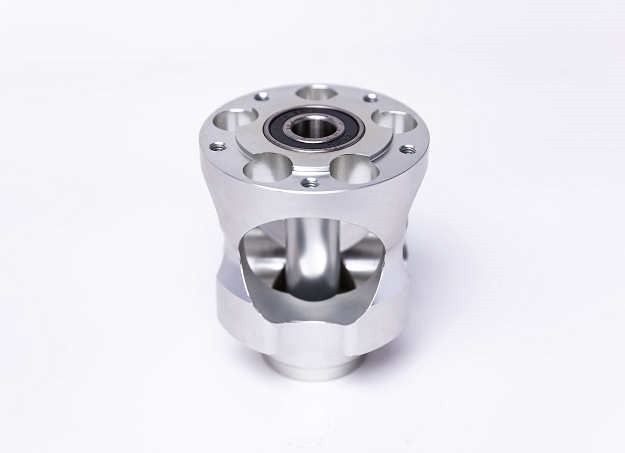
How Does CNC Turning Compare to Manual Turning in Terms of Accuracy?
Turning is a metalworking technique where a workpiece is shaped by removing material with a cutting tool. There are two types of turning: CNC turning and manual turning. In contrast to manual turning, which uses the operator’s hands to move the cutting tool, CNC turning uses computer-controlled movements to guide the cutting tool.
For several reasons, CNC turning is more accurate than manual turning. First, the movements of the cutting tool are precisely programmed into CNC machines. By doing this, the possibility of human error when turning by hand is eliminated. Secondly, sensors that track the position of the cutting tool and make sure it is moving correctly are built into CNC machines. Thirdly, manual turning is incapable of making even the smallest adjustments to the position of the cutting tool, unlike CNC machines.
These benefits allow CNC turning to achieve tolerances that are significantly tighter than those possible with manual turning. For instance, the tolerances that a manual lathe can normally only achieve are ±0.005 inches (0.125 mm), whereas a CNC turning lathe can typically achieve tolerances of ±0.001 inches (0.025 mm).
Not only is CNC turning more precise than manual turning, but it also happens faster and with greater consistency. This is so that they can function more precisely and at faster speeds than manual operators. Because accuracy and consistency are crucial in high-volume production runs, CNC turning is therefore frequently utilized.
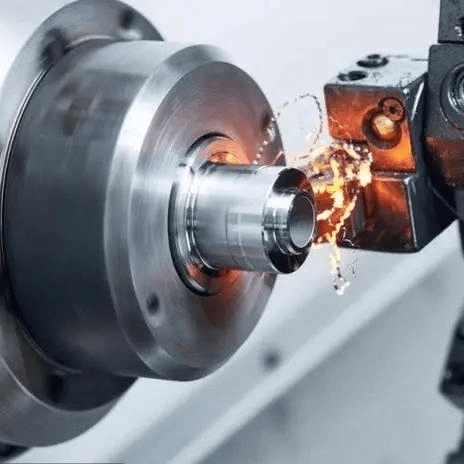
Conclusion
Among the main advantages of CNC turning are accuracy and precision. The ability of a machine to consistently produce parts with the same dimensions is referred to as precision. The degree to which a part’s dimensions closely resemble the intended dimensions is known as accuracy. CNC turning machines can achieve very high precision and accuracy levels. This is because the cutting tool’s position can be very slightly adjusted by the computers that control them. Because accuracy and consistency are crucial in high-volume production runs, CNC turning is therefore frequently utilized. JTR provides the CNC turning service, please contact us for more details.


